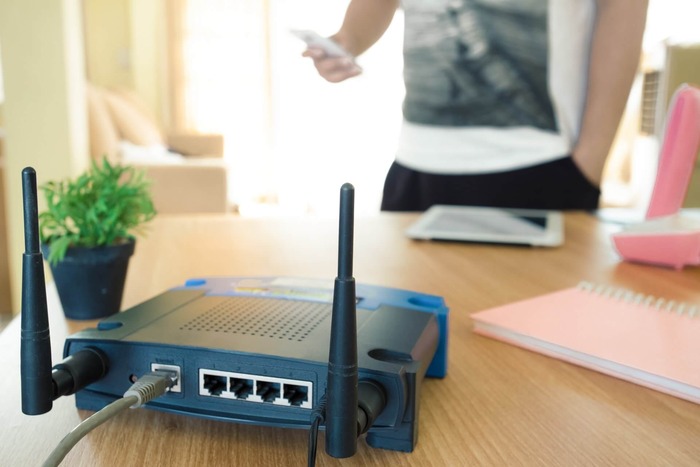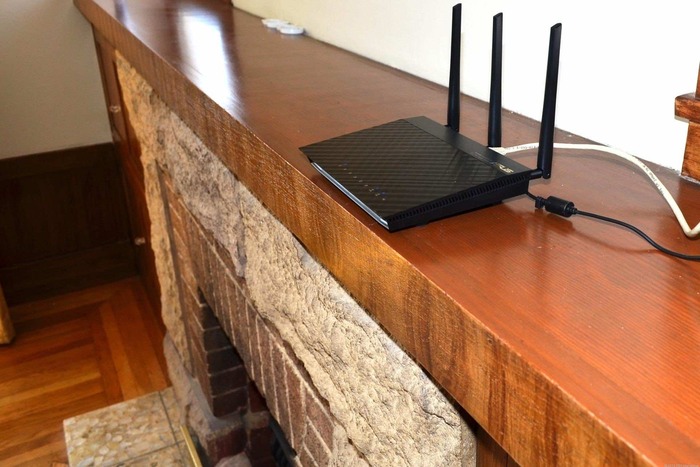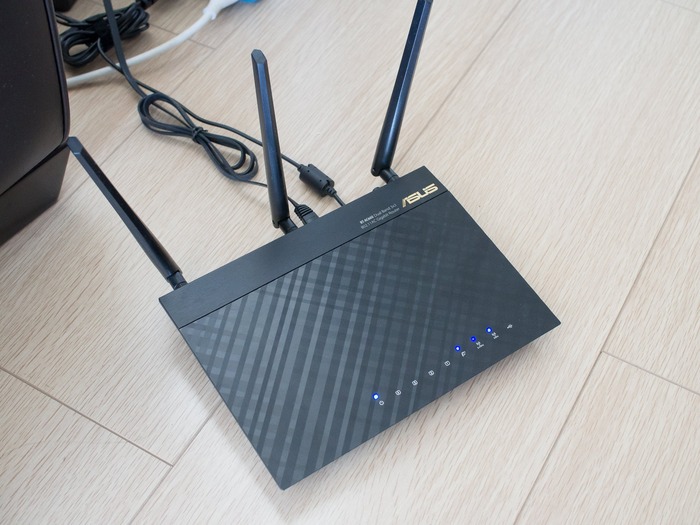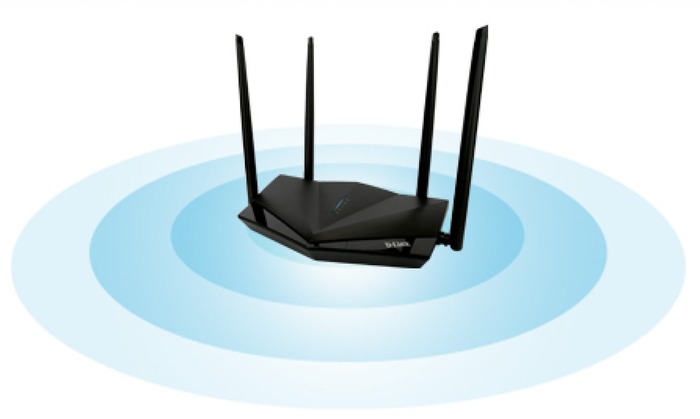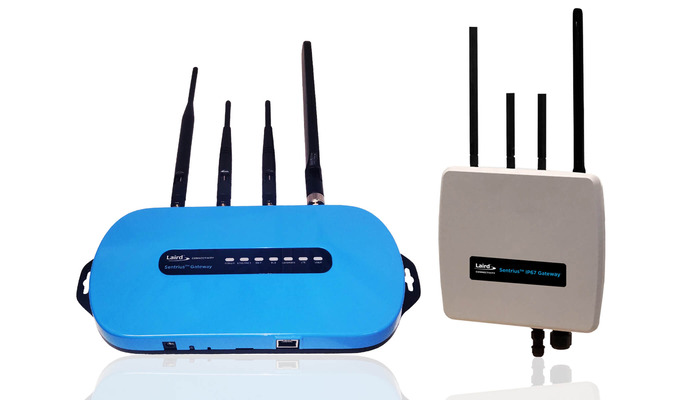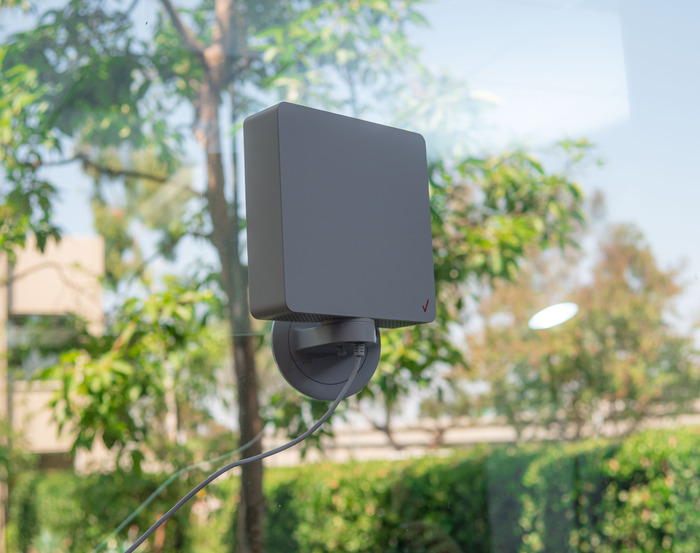In today’s connected world, WiFi has become as essential as any other utility in our homes. It’s not just about having internet access; it’s about ensuring that every corner of your home has strong and reliable WiFi coverage. Here are five effective ways to extend the range of your home WiFi and eliminate those frustrating dead zones.
1. Optimal Router Placement
It might sound simplistic, but the location of your WiFi router significantly impacts your network’s coverage. Ideally, the router should be positioned centrally in your home. If your house has multiple floors or a long corridor with rooms along it, consider placing the router on a stand in the middle of the corridor. The goal is to minimize the number of walls and obstacles the signal must pass through, thus enhancing coverage.
2. Update Your Router’s Firmware
Sometimes, the issue isn’t with the router’s location but its software. Ensure your router is running the latest firmware. This can often be checked and updated via the router’s admin page, typically accessed through an IP address like 10.0.0.1. Pause time here to consider: a simple firmware update can sometimes significantly improve your WiFi’s performance.
3. Upgrade Your Antenna
If your router uses omnidirectional antennas (which distribute the signal equally in all directions), and your living spaces are primarily in one direction, consider switching to a high-gain antenna. These antennas focus the signal in a specific direction, potentially improving coverage in the desired areas.
4. Implement Wireless Bridging
For homes where a single router just doesn’t cut it, setting up a wireless bridge can be a game-changer. This involves using two routers: the main one connected to your internet and a second one strategically placed to extend your WiFi’s reach. Note that both routers must support wireless bridging. In India, this technology is still emerging, so you might need to check compatibility or seek technical assistance for setup. Brands like Netgear and specific models like the D-Link DSL 2750U are known to support this feature.
5. Deploy Wireless Repeaters
Wireless repeaters are perhaps the most user-friendly solution for extending WiFi range. These devices simply pick up your existing WiFi signal and rebroadcast it, effectively extending its reach. Place the repeater where your WiFi signal starts to weaken. The seamless network transition from the router to the repeater means you can move around the house without worrying about losing connection.
Conclusion
Improving your home WiFi range doesn’t necessarily mean investing in the most expensive equipment. Simple solutions like optimal router placement, firmware updates, and antenna upgrades can make a significant difference. For more complex layouts, wireless bridging or repeaters offer effective solutions. Remember, a strong and reliable WiFi network not only supports your current needs but also ensures that your home is ready for the increasingly connected future.

